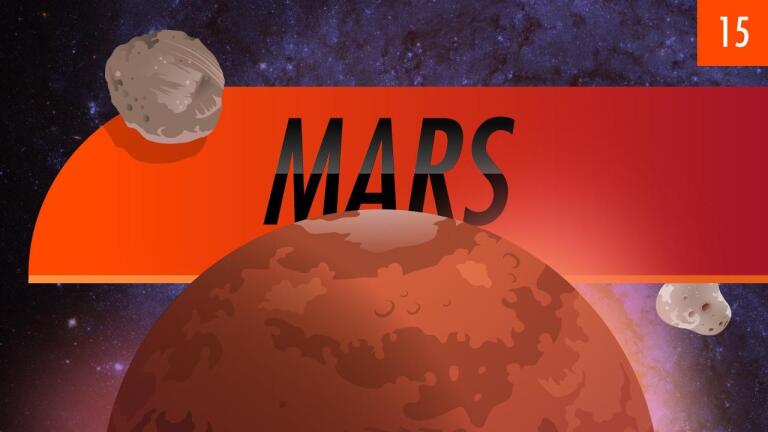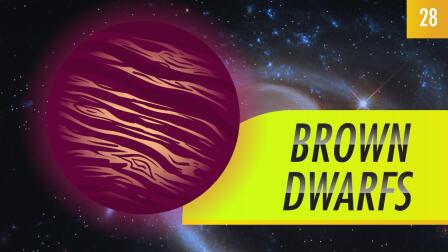Back to Show
Crash Course Astronomy
Uranus & Neptune: Crash Course Astronomy #19
Season 1
Episode 19
Today we're rounding out our planetary tour with ice giants Uranus and Neptune. Both have small rocky cores, thick mantles of ammonia, water, and methane, and atmospheres that make them look greenish and blue. Uranus has a truly weird rotation and relatively dull weather, while Neptune has clouds and storms whipped by tremendous winds.
Support Provided By

11:40
We're heading to the outskirts of the solar system.

11:54
Comets are chunks of ice and rock that orbit the Sun.

11:32
Now that we've finished our tour of the planets, we're headed back to the asteroid belt.

12:12
Saturn is the crown jewel of the solar system, beautiful and fascinating

10:26
Before moving on from Jupiter, we're going to linger for a moment on the planet's moons.

10:42
Jupiter is the biggest planet in our solar system.

10:11
Mar is the fourth planet from the sun and the outermost of the terrestrial planets.

10:46
Venus is a gorgeous naked-eye planet, hanging like a diamond in the twilight.

10:17
Mercury is the closest planet to the sun.

9:47
Take a look up to the moon's surface features, core, and theories about its formation.

10:13
Phil starts the planet-by-planet tour of the solar system right here at home, Earth.

11:44
Take a look at the two-octillion ton star that rules our solar system.











